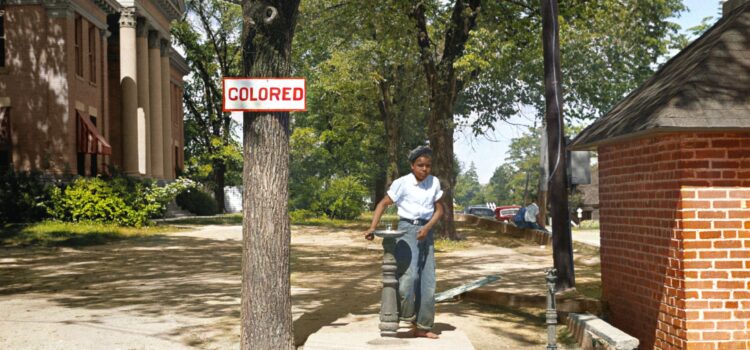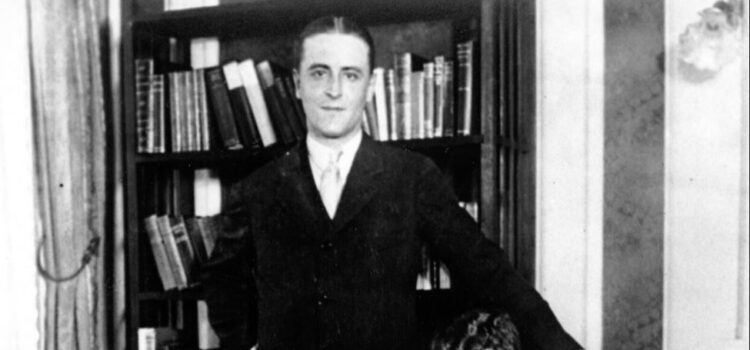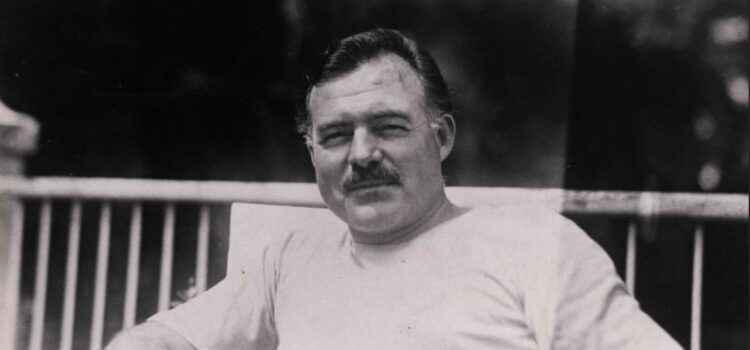Have you considered biology’s place in history? How has humanity’s struggle to survive been a factor? In The Lessons of History, Will and Ariel Durant assert that biology is a driving force in history. Specifically, there are three biological forces that shape human behavior and thus human history: competition, selection, and the need to reproduce. These forces are part of life’s struggle to survive. Read more to learn how the struggle to survive shapes human history.
The Struggle to Survive: Biology’s Influence on History










